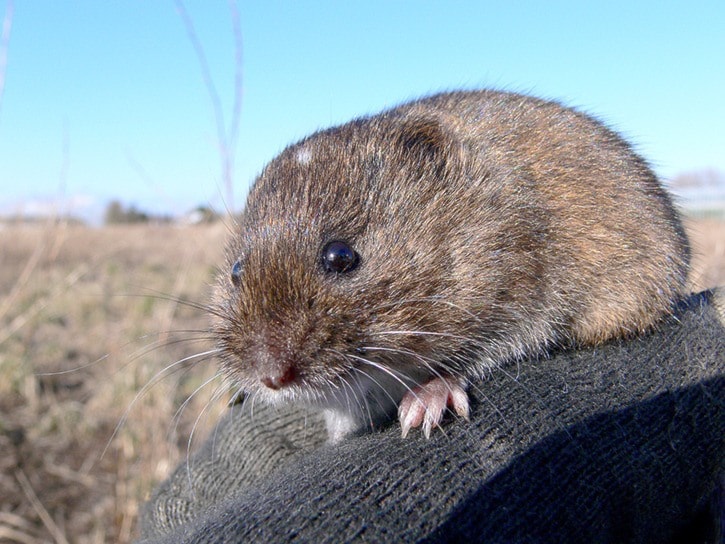Mole or vole?
These two native mammals have confusingly similar names but play quite different roles in our local ecosystem.
February is a good time of year to watch for signs of these small rodents. They are a seldom seen yet vitally important part of the food chain.
A sudden eruption of soil mounds on your lawn indicates the presence of coast moles. The wet winter season is an active time for moles and they will soon give birth to young, deep underground in their burrows.
As they dig beneath the surface, you can sometimes see the mole hill moving as fresh earth gets pushed up from below.
In early summer, the young moles disperse above ground and are vulnerable to predators such as barn owls and cats.
Coast moles have soft black fur, pointed snouts and strong, paddle-shaped front paws, used for digging. They eat many earthworms, slugs and other invertebrates.
Voles also live in tunnels, but they create intricate runways that meander mostly above ground, burrowing through the thick, matted grass of fields and marshes.
The burrows are easy to find, especially in old habitats that can hold up to 800 voles per hectare.
Two species of vole are common locally: the Townsend’s vole and the smaller creeping vole.
Both lead short lives and breed young, so populations of voles can increase rapidly. When this happens, coyotes and birds of prey will gather to feast on them, causing the vole populations to diminish, in an irregular boom-bust cycle.
Townsend’s voles are a key dietary item for many of the resident and wintering raptors for which the Fraser delta is renowned, including northern harrier, short-eared owl, barn owl, rough-legged and red-tailed hawks.
Even great blue herons survive the winter by hunting voles. It is an amazing sight to see one of these stately birds spear and swallow one whole!
The high number of voles contribute to making the Fraser delta the best location in Canada for numbers and diversity of wintering birds of prey. Farmland, old fields and marshes are vital habitats for them.
Anne Murray, author of two nature books available in local book stores, writes monthly for Peace Arch News. www.natureguidesbc.com
